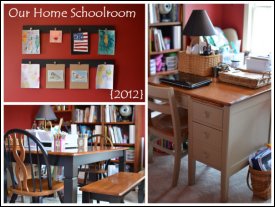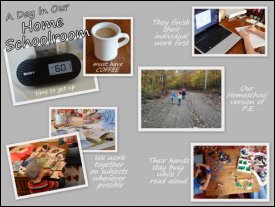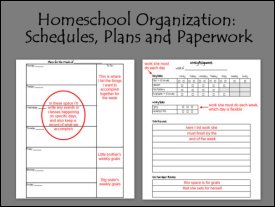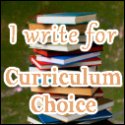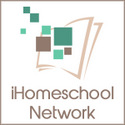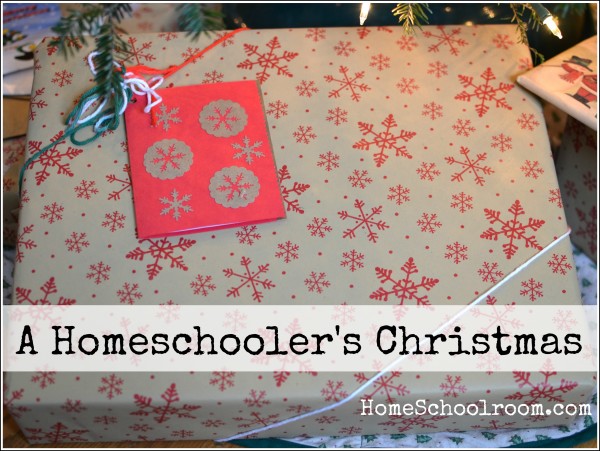
As homeschoolers we often seem to live a life that’s a bit different from much of society. Christmas is no exception to the things that can look different in a homeschooler’s home. Want a peak into our holiday?
Well, some differences are pretty darn easy for our kids to handle, like taking the month of December off from regular schoolwork (even though summer school helps that happen). During the Christmas season we continued reading, music lessons with daily practice, and turned lots of things like Christmas cards and cooking into math and writing lessons. Homeschoolers have an annoying habit of turning everything into a lesson! We cooked and crafted, shopped and wrapped, visited and played, decorated and delighted in the season.
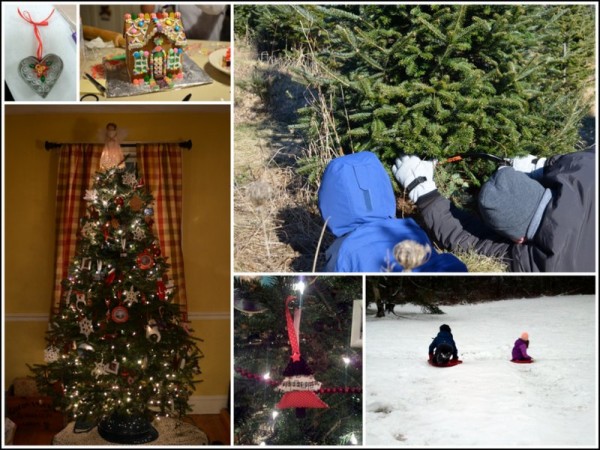
Other differences may make being a homeschooler a little less desirable for my children. I wondered what my children would think of their presents this year. We’ve always tried to keep Christmas spending reasonable, but this year we planned on shrinking the to-buy list even further. Remember, another side effect of homeschooling is that the bulk of my time is spent educating my children versus earning an income. Besides that, I feel our kids have so much already, and our house is full of all our necessary things, our school things, and the things we love.
Our gift choices were carefully made, with my husband and I working hard to find presents that lead to our children’s time being well spent, not frittered away on mindless entertainment. When it came down to it they would each open a few presents, and then I had one box for both of them of things for our schoolwork. Just so you don’t think I’m the meanest mom in the world, I didn’t wrap up their math curriculum or grammar worksheets; these were for extras that they enjoy.
I wanted a creative way to give it to them and prepare them for the contents. While folding laundry a couple rhyming lines popped into my head, and the beginning of a poem was born. I jotted down words over the next couple days. The poem cracked up my kids on Christmas morning, so here it is for your personal enjoyment:
Ode to Homeschooled Children
Homeschooled kids are a sad, sorry bunch,
And not just because they have leftovers for lunch.
Can you imagine a more horrible plight
than living with your teachers day and night?
While regular kids get vacations from school
To spend their days in the sun at the pool,
Watching TV, and playing video games,
Homeschooled kids are still working their brains.
These poor kids just can’t catch a break,
Even on the vacations they take!
When on a family trip they embark
They aren’t headed to an amusement park…
No, historical villages are what’s in store.
And that’s not all–I tell you, there’s more!
For Christmas most kids get the latest in toys,
Gadgets and gizmos and toys that make noise.
But what’s under a homeschooler’s Christmas tree?
Things to build knowledge and spark creativity!
So here’s to the kids educated at home,
To them I dedicate this little poem.
The box was packed with fine arts and science materials:
- Peter and the Wolf from Maestro Classics (a classic story written for Orchestra and Narrator by Sergei Prokofiev)
- Then Sings My Soul (a book that shares the stories behind famous hymns)
- The Kid’s Book of Weather Forecasting (with instructions to build a weather station and make predictions)
- The Hand Book from Klutz (complete with a hand model that should intrigue my two musicians)
The bonus of all this: they enjoyed unwrapping the box, and presenting the items this way reinforces the special gift that education is. Not to mention it will give us some fun new things to add in when we jump back into full time school after a long break. Maybe it will prevent the winter doldrums in the cold, dark days of January and February!
Are you interested in the other gifts that passed our “time well spent” test?
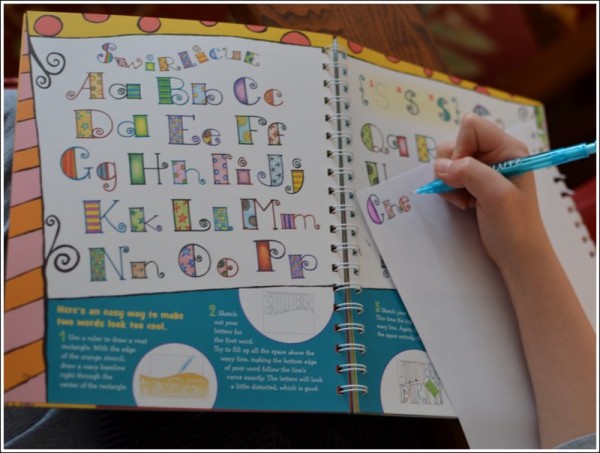
Favorites for my eleven year old daughter:
- Klutz Lettering and Cartooning for Kids books because she enjoys adding artistic flourishes and cartoons to illustrate her notebook pages for school
- Sculpey in gold and silver because she makes accessories for her Victorian dollhouse with this clay that hardens after baking

My eight year old son received several well-loved items.
- He enjoyed a unit we did on owls that included field trip and pellet dissection, so he was delighted to receive a realistic Great Horned Owl stuffed animal and The Book of North American Owls.
- He has an ongoing fascination with military history, so an Eyewitness World War II book provides hours of page-flipping fascination.
- His stocking was filled with scientific gadgets: a prism, a jeweler’s loupe (great nature study tool!), a pocket microscope, and his favorite, an infrared temperature gun. He’s been checking the temperature of EVERYTHING with this tool, and even experimenting with lights on and off, heat from friction, drafty doors, and on and on.
The best part is how our extended family is on the same page at this point! My kids received wonderful educational gifts like a subscription to Cricket magazine, multiple science kits (Smithsonian’s Glow in the Dark Volcano, Potato Chip Science and Pop Bottle Science) and even our very own Lego Robotics kit!
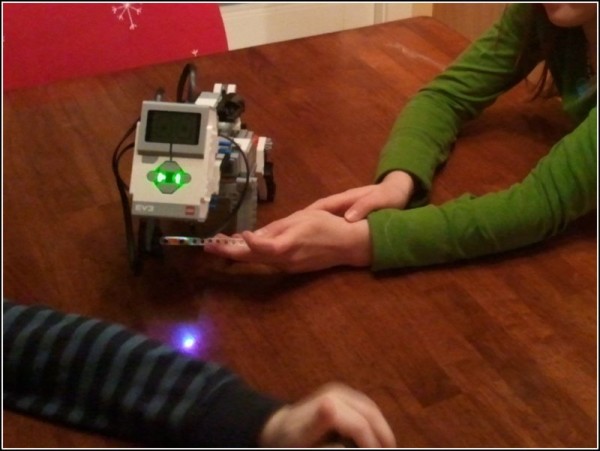
The good news is that my kids both deemed this “the best Christmas ever.”
Now we settle into the post-Christmas winter season as a homeschooling family. We have new things to build our knowledge and spark creativity during cold winter days. Maine has been challenged by the effects of an ice storm all week, and another storm and more frigid temperatures are on the way.
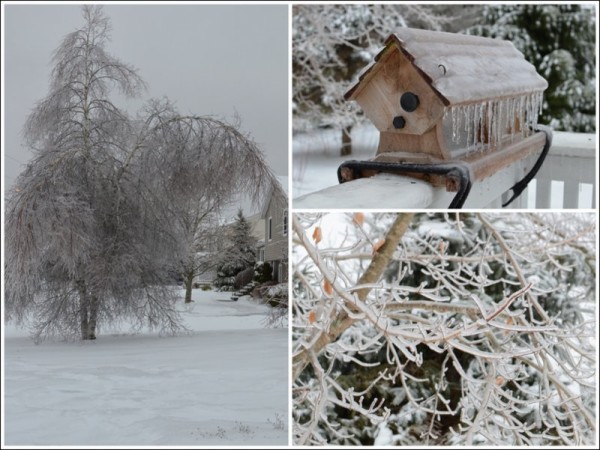
But that’s okay, we’ll be tucked inside by the fire, learning and living together!
Thank you to these wonderful hostesses. Be sure to hop over and see how other homeschoolers spend their Christmas holiday.
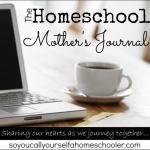

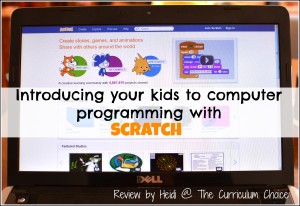
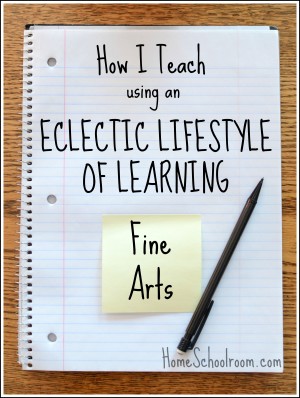
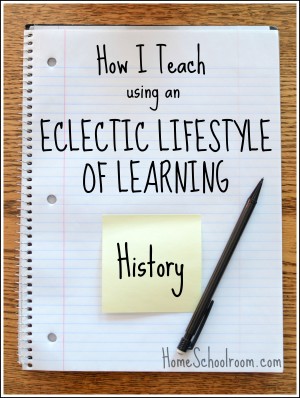
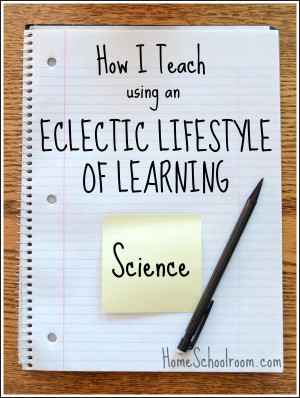
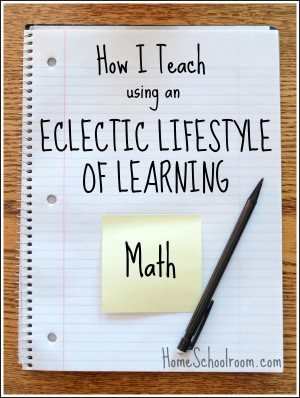
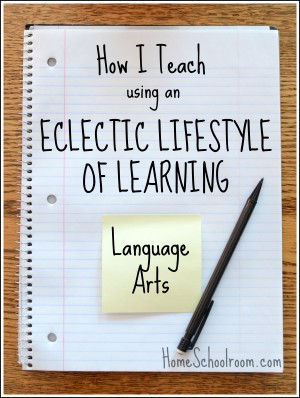
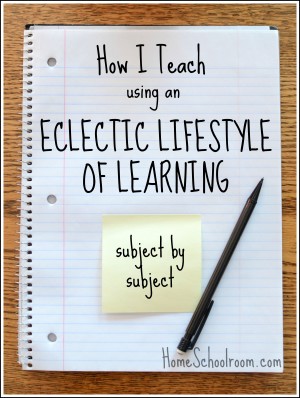
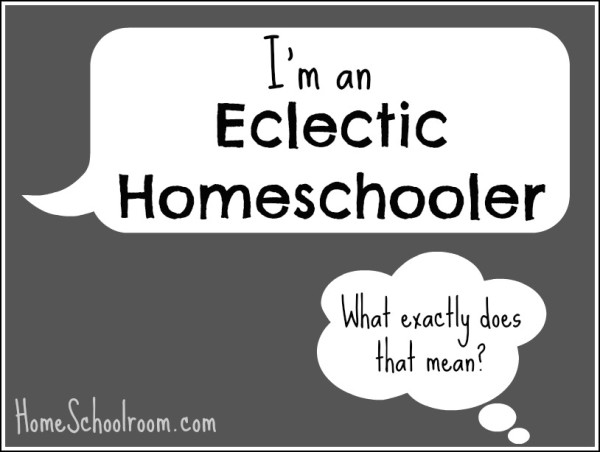








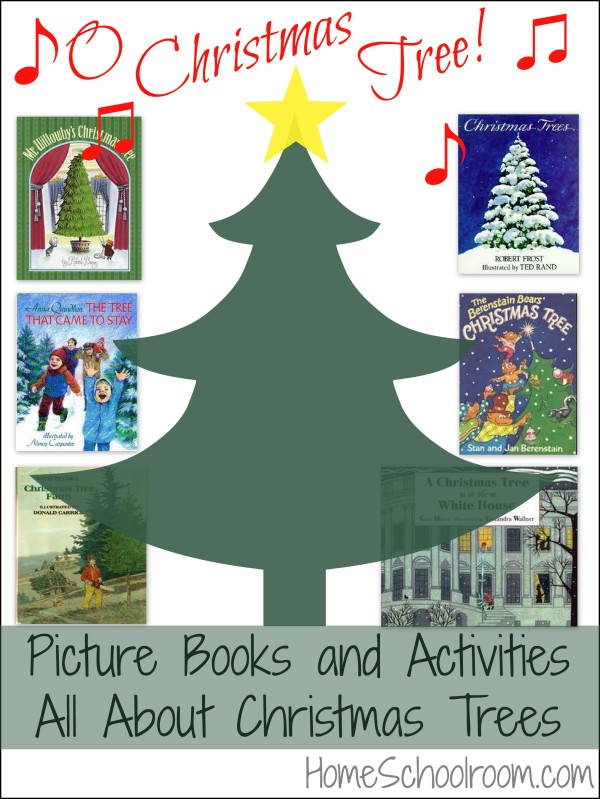

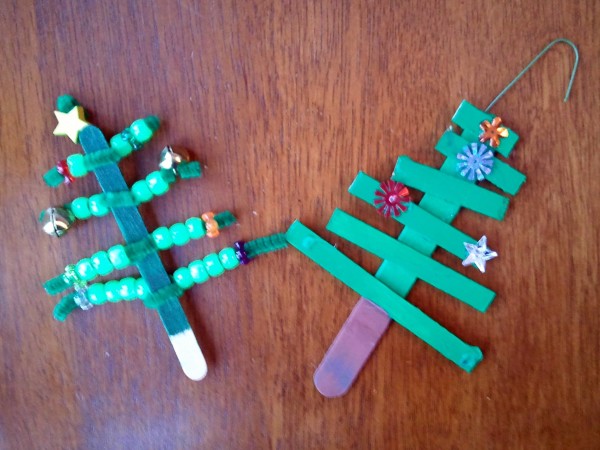
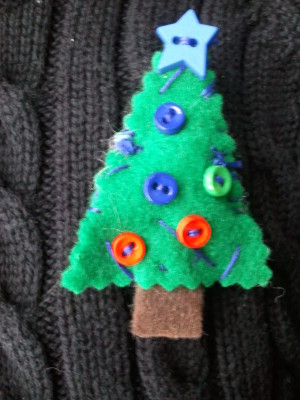
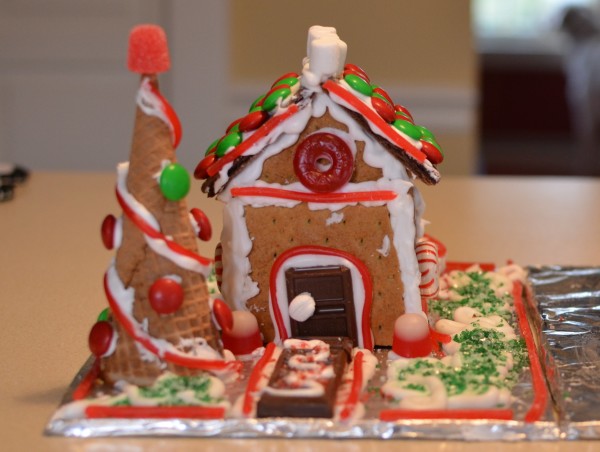
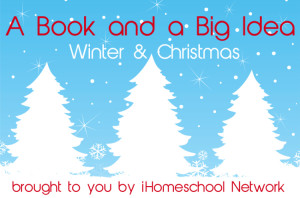
 Hi, I'm Heidi and I homeschool my two sweet kids. I want them to know that learning is an exciting lifelong adventure! We love great books, unit studies, notebooking, lapbooking, and hands-on learning.
Hi, I'm Heidi and I homeschool my two sweet kids. I want them to know that learning is an exciting lifelong adventure! We love great books, unit studies, notebooking, lapbooking, and hands-on learning.